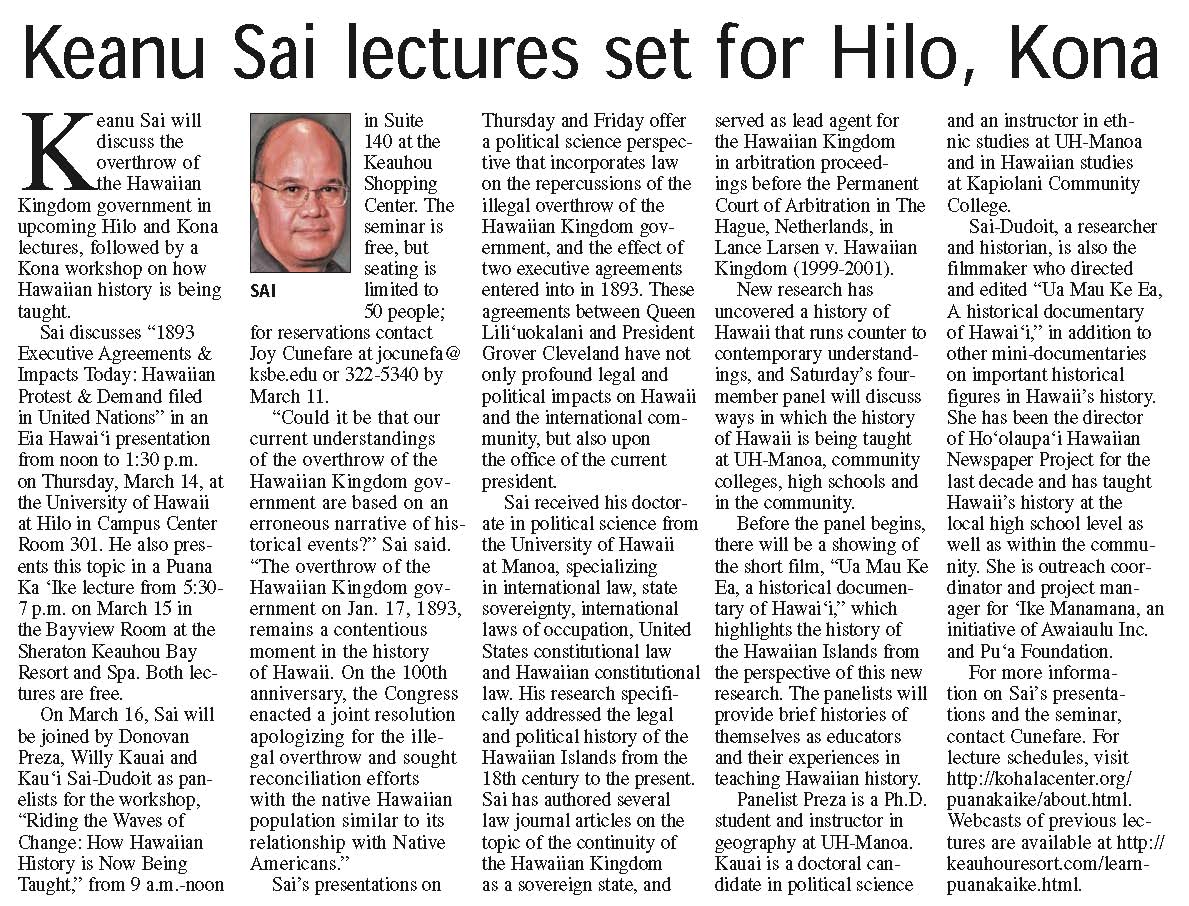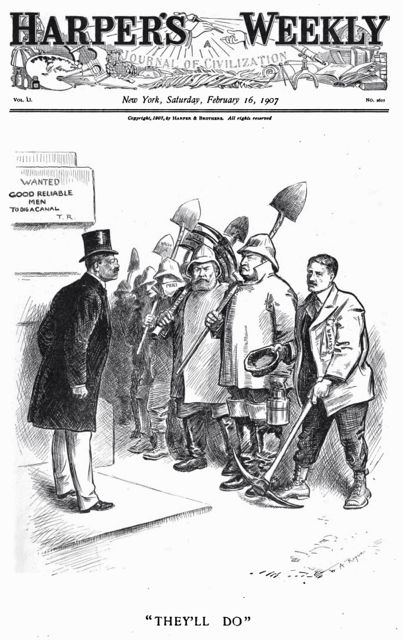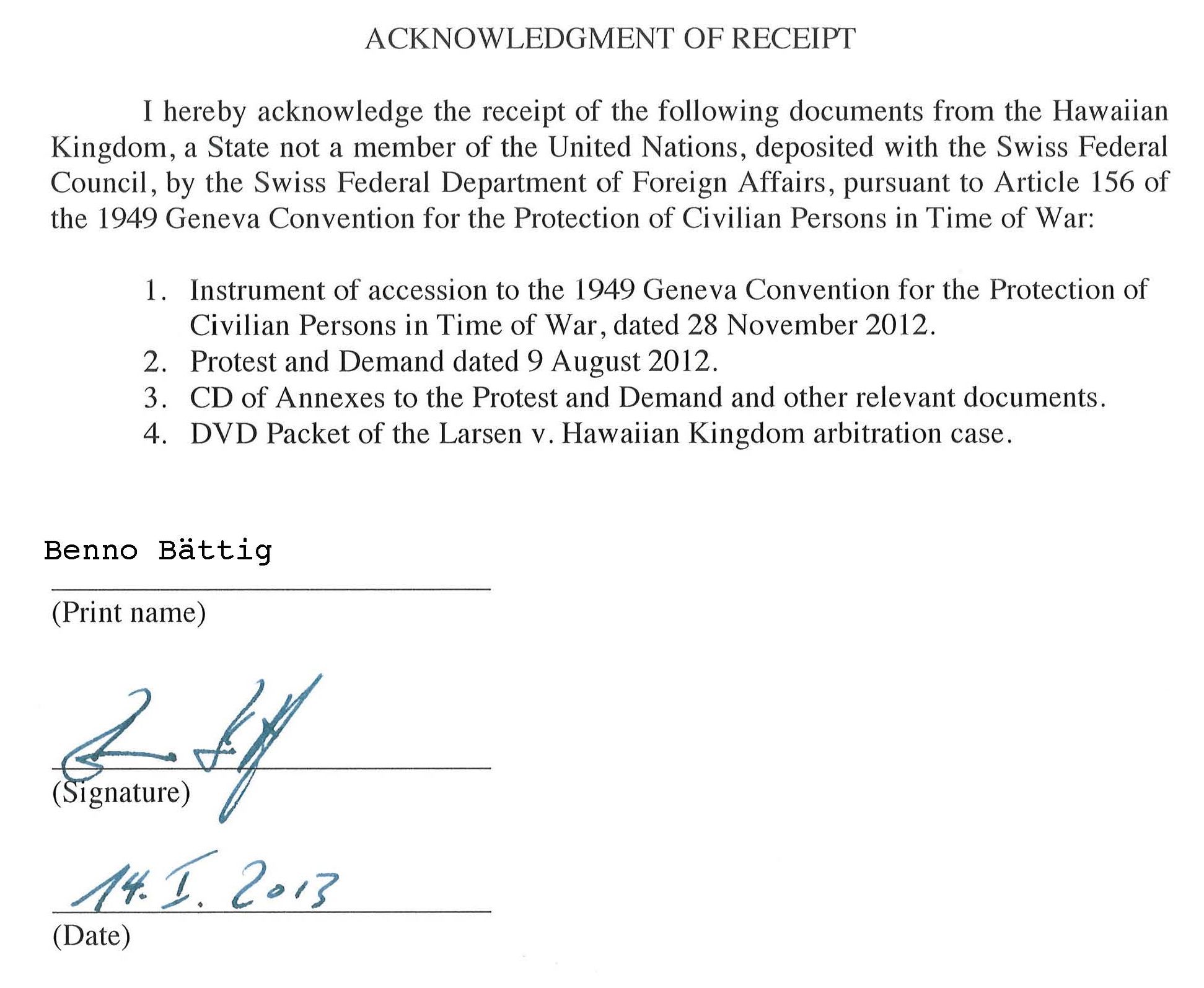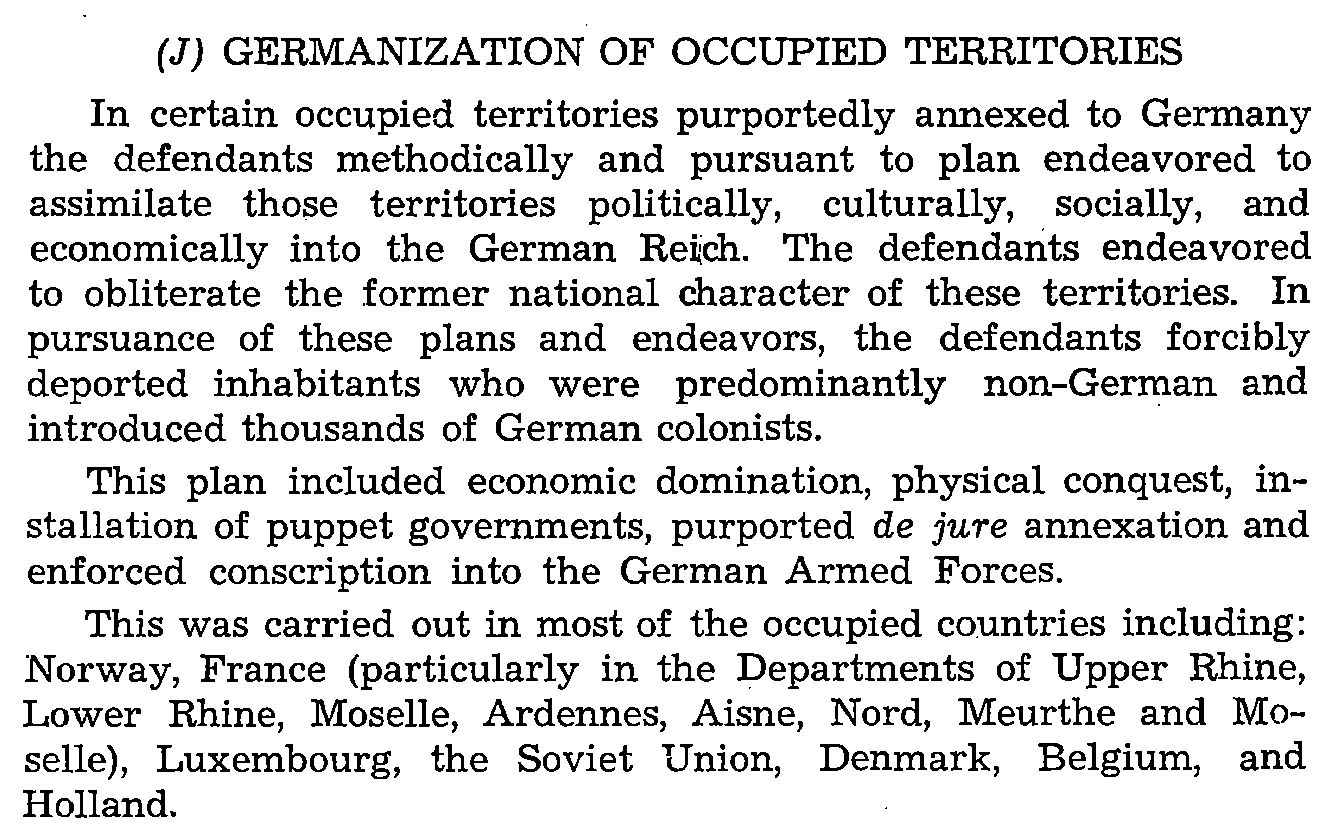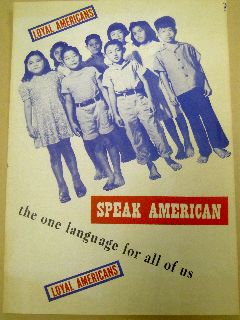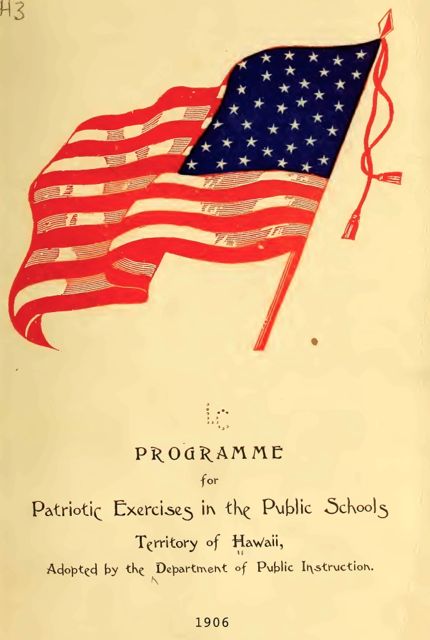
In 1906, a pamphlet was published titled “Programme for Patriotic Exercises in the Public Schools” for the Territory of Hawai‘i. The theme of the program was to indoctrinate the children of the Hawaiian Islands to be “American” and to speak “English.”
-Follow Hawaiian Kingdom news and updates on Twitter: @HKSpokesperson
The public schools would adopt one of three formations and salute to the flag, which will end with a salutation by the students in unison, “We give our heads and our hearts to God and our Country! One Country ! One Language ! One Flag !”
Here follows an excerpt from the pamphlet:
PROGRAMME FOR PATRIOTIC EXERCISES
I. Formation and Salute to Flag.
(a) At three minutes to nine o’clock the children assemble in front of the school, the classes forming a circle (or circles) about the flag pole or facing the building over which the stars and stripes are to float. The principal gives the order, “Attention!” or “Face!” The boys remove hats and the teachers, and pupils watch the flag hoisted by two of the older boys. When it reaches the top of the flag-pole, the principal gives the order, “Salute!” or three cheers may be given for the flag as it is being raised.
At nine o’clock the pupils march to their class rooms to the beating of a drum or to some march played by the pianist or school band.
On reaching their class rooms, the children may stand by their seats and repeat in concert the following salutation:
“We give our heads and our hearts to God and our Country! One Country! One Language! One Flag!”
(NOTE: The flag is dipped while the children raise the right hand, forefinger extended, and repeat the pledge. When they salute, the flag is raised to an upright position.)
(b) All the children to be drawn up in line before the school building.
A boy and a girl each holding a medium-sized American flag, stand one on the right and one on the left of the school steps. Boy on the right and girl on the left. The flags should be held military style.
The children at a given signal by the principal or teacher in charge, file past the flags, saluting in correct military manner. The boys to the right and the girls to the left, entering and taking their positions in the school. The flag bearers enter last, and take their positions right and left of the principal, remaining in that position during the salutation, “We give our heads and our hearts to God and our Country! One Country! One Language! One Flag!”
The flag bearers place the flags in position at the head of the school. The boy and girl who carry the flags should be chosen from among the pupils for good conduct during the hours of school.
(c) Pupils attention! at chord on piano or organ, or stroke of drum or bell.
The teacher will call one of the pupils to come forward and stand at one side of desk while the teacher stands at the other. The pupil shall hold an American flag in military style.
At second signal all children shall rise, stand erect and salute the flag, concluding with the salutation, “We give our heads and our hearts to God and our Country! One Country! One Language! One Flag!”
Public schools in the Hawaiian Islands were established by the Hawaiian Kingdom in 1840 under the supervision of the Board of Education. In 1891, a history book was published by order of the Board of Education to be used in the public schools titled “A Brief History of the Hawaiian People.” In 1899, this book was revised to promote the propaganda of annexation and that the Hawaiian Islands were incorporated into the United States of America.
In 1945, the Allied Forces of World War II indicted, prosecuted and convicted Nazi government officials for war crimes. In Count III(j) of the Indictment, one of the war crimes was “Germanization of occupied territories.” Here follows the text of the indictment, which is eerily on point with what the United States did in the Hawaiian Kingdom through “Americanization” at the turn of the 20th century.
“In certain occupied territories purportedly annexed to Germany the defendants methodically and pursuant to plan endeavored to assimilate those territories politically, culturally, socially, and economically into the German Reich. The defendants endeavored to obliterate the former national character of these territories. In pursuance of these plans and endeavors, the defendants forcibly deported inhabitants who were predominantly non-German and introduced thousands of German colonists. This plan included economic domination, physical conquest, installation of puppet governments, purported de jury annexation and enforced conscription into the German Armed Forces. This was carried out in most of the occupied countries including: Norway, France (particularly in the Departments of Upper Rhine, Lower Rhine, Moselle, Ardennes, Aisne, Nord, Meurthe, and Mosselle), Luxembourg, the Soviet Union, Denmark, Belgium, and Holland.”


